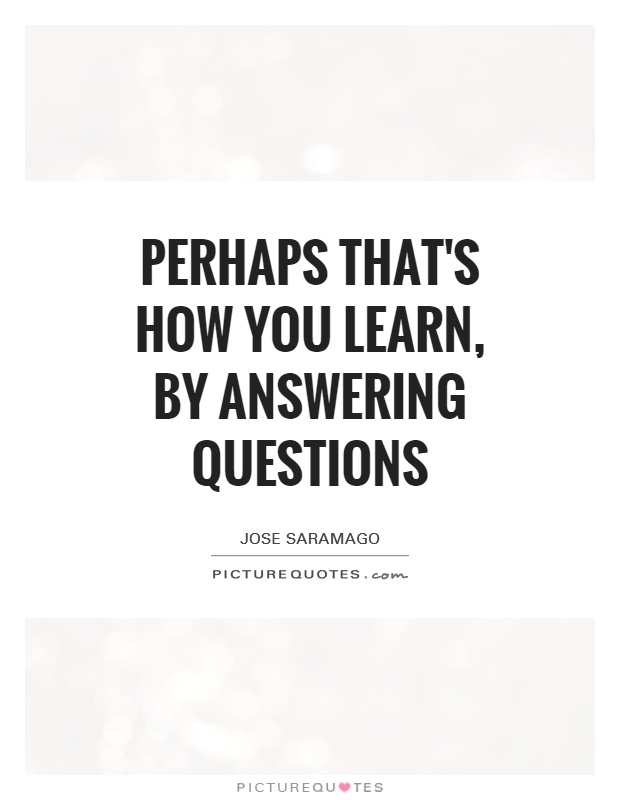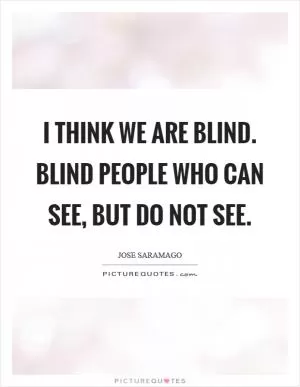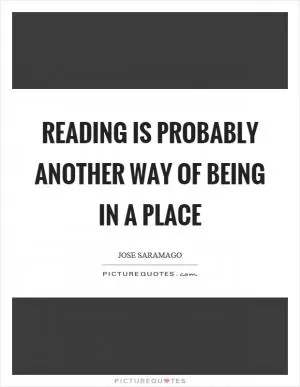perhaps that's how you learn, by answering questions

perhaps that's how you learn, by answering questions
Jose Saramago, the renowned Portuguese writer and Nobel laureate, was known for his unique and thought-provoking writing style. His novels often delved into complex philosophical and existential questions, challenging readers to think deeply about the human experience. One recurring theme in Saramago's work is the idea that learning and understanding come not from passive acceptance of information, but from actively engaging with questions and seeking out answers.In Saramago's novel "Blindness," for example, the characters are faced with a sudden epidemic of blindness that spreads rapidly throughout the city. As the society descends into chaos and violence, the characters must grapple with questions of morality, power, and human nature. Through their struggles and interactions, they are forced to confront their own beliefs and assumptions, ultimately leading to a deeper understanding of themselves and the world around them.
In another of Saramago's works, "The Gospel According to Jesus Christ," the author reimagines the life of Jesus Christ, presenting a more human and flawed version of the biblical figure. Through his portrayal of Jesus, Saramago raises questions about faith, doubt, and the nature of divinity. By challenging traditional interpretations of the Gospels, Saramago encourages readers to think critically about their own beliefs and assumptions, prompting them to seek out their own answers to the fundamental questions of existence.
Saramago's writing style is characterized by its dense, labyrinthine prose and its use of long, meandering sentences. This style reflects the author's belief that understanding is not a straightforward or easy process, but rather a complex and multifaceted journey. By immersing readers in a world of questions and uncertainties, Saramago invites them to actively engage with his work, to grapple with the same questions that his characters face, and to ultimately arrive at their own conclusions.












 Friendship Quotes
Friendship Quotes Love Quotes
Love Quotes Life Quotes
Life Quotes Funny Quotes
Funny Quotes Motivational Quotes
Motivational Quotes Inspirational Quotes
Inspirational Quotes